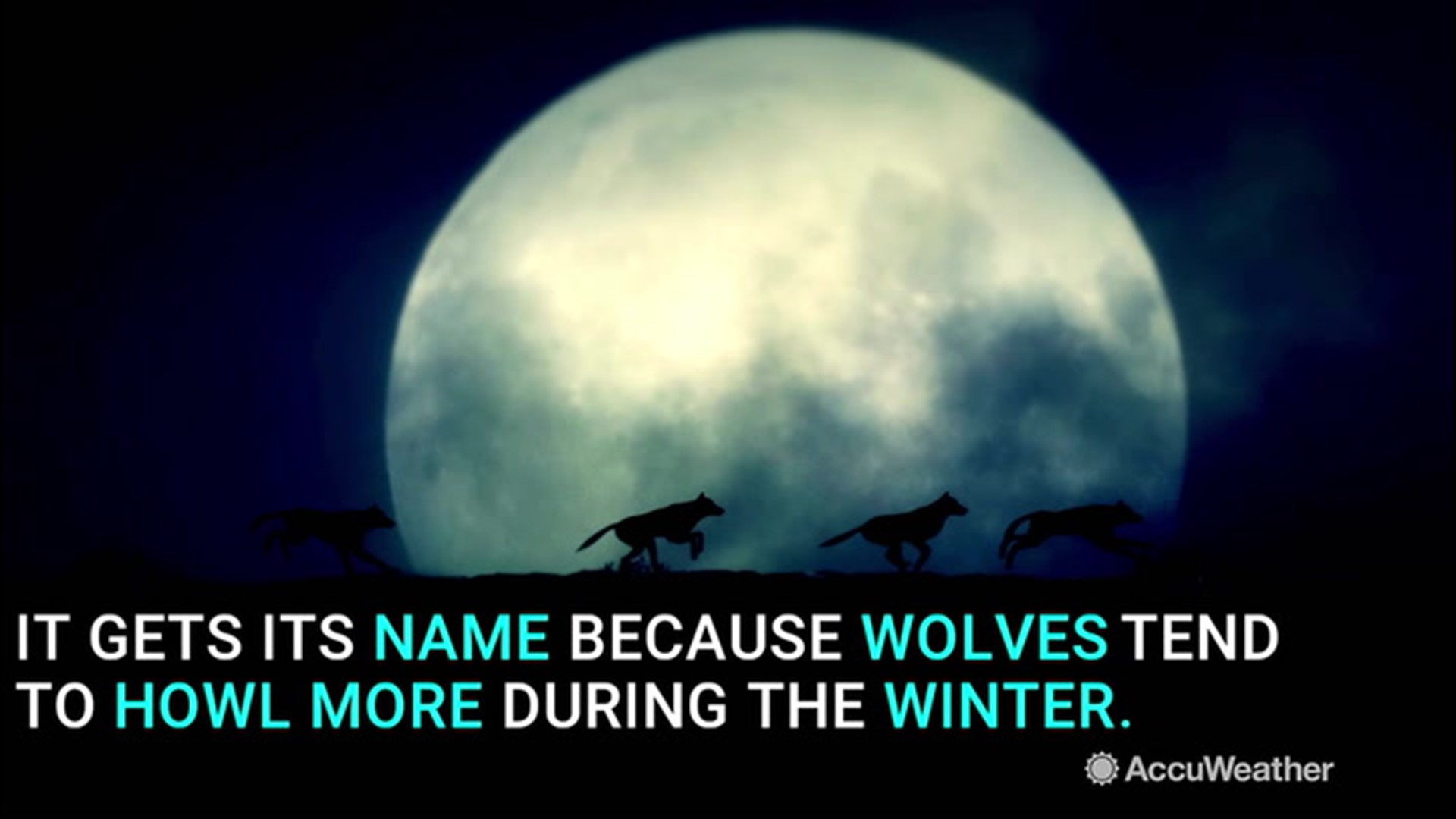Stargazers across the globe may want to step outside on Friday night to catch a glimpse of the Wolf Moon, the first full moon of the year and one that will look different from those in recent months.
Friday night will feature a penumbral lunar eclipse, the first of its kind since 2017 and the first of four in 2020.
A penumbral lunar eclipse happens when the moon passes through the Earth's outer shadow, known as the penumbra, and misses the darker inner shadow, known as the umbra. As a result, only part of the moon turns dark as opposed to a total lunar eclipse when the entire moon goes dark before turning a dark red or rusty orange color.

This type of lunar eclipse can be subtle and can go unnoticed if people aren't looking closely at the moon. A telescope isn't required to see this event, but people may want to look through the eyepiece of a telescope in order to get a more detailed view of the eclipse.
Weather permitting, many observers across the world should be able to see the eclipse including those in Asia, Australia, Africa and Europe.
Unfortunately for people in the Americas, the eclipse will take place during the daytime and will be over by the time the moon climbs above the horizon. The only exception is for folks in Alaska and in far eastern Atlantic Canada.
People that are unable to see the eclipse can watch it live on AccuWeather.com where Slooh's live broadcast of the eclipse will air.
The penumbral lunar eclipse will last a little over four hours with the moon first penetrating the Earth's shadow at 17:07 UTC (12:07 p.m. EST) and passing out the other side around 21:12 UTC (4:12 p.m. EST) Friday.
Over the duration of the four-hour event, the best time to see the eclipse will be 19:10 UTC (2:10 p.m. EST) when nearly all of the moon is in the Earth's outer shadow.
Eclipsed moon or not, January's full moon has taken on many nicknames over the years, the most common being the Full Wolf Moon.
"The full Moon for January was called the Full Wolf Moon because wolves were more often heard at this time," the Old Farmer's Almanac explained on its website. "[W]olves do tend to howl more often during winter months, and generally howl to define territory, locate pack members, and gather for hunting."
Other nicknames for January's full moon include the Cold Moon, the Old Moon, and the Great Spirit Moon.

